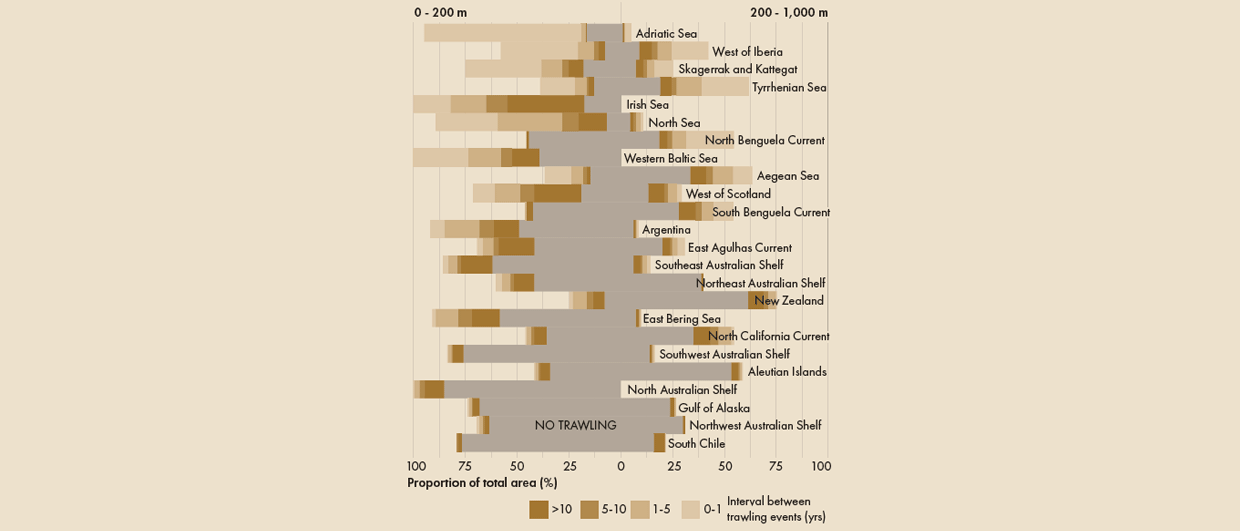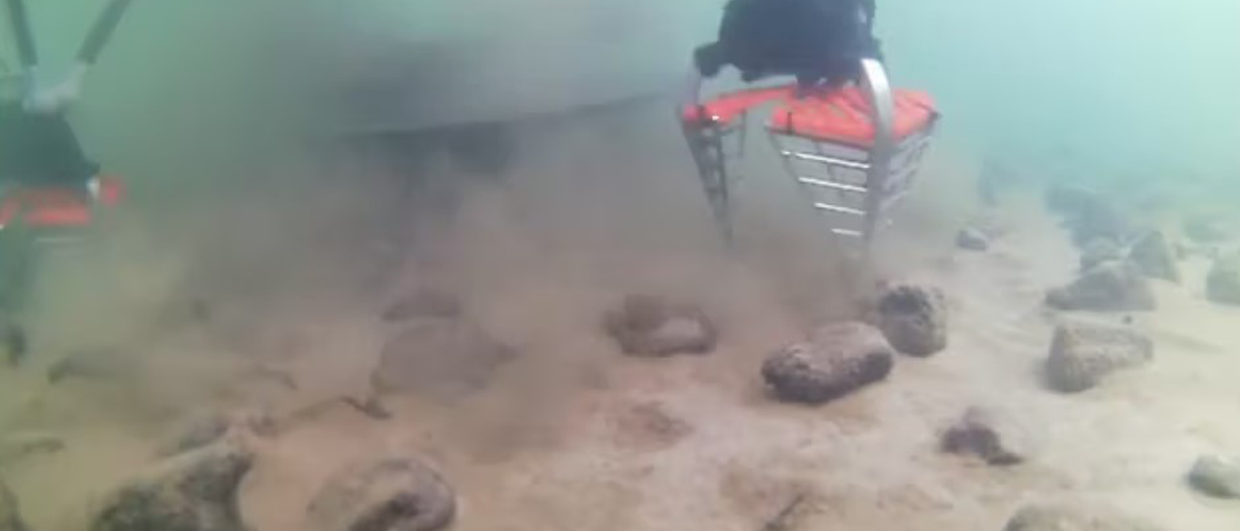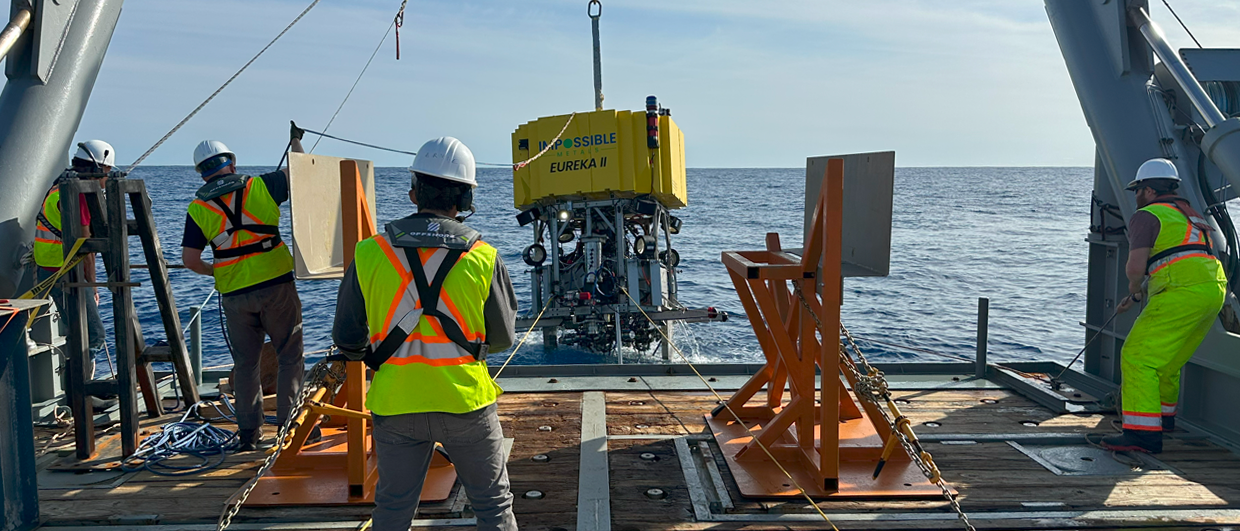In the fourteenth century, British fishermen from Essex sent a petition to King Edward III from England. They wanted him to ban a new type of fishing gear that some people were dragging along the seafloor. It was so heavy, they claimed, that it destroyed the seafloor and caused a by-catch of all sorts of unwanted fish and other animals.
The King promised to investigate the matter, but there is no record of what happens next, says the voiceover at the start of the video about the effects of bottom trawling. Seven hundred years later, thousands of fishing vessels routinely trawl the sea floors of the world’s continental shelves, at increasingly larger depths, to feed a growing population. The letter to King Edward III did not create that much of a stir apparently.
A paper published by Ricardo Amoroso and his many co-authors in 2018 provides some statistics on the matter. Based on high-resolution satellite vessel monitoring systems and logbook data on 24 continental shelves, the team estimates that an area the size of more than 1 million km², similar to the size of a country like Egypt, is routinely trawled. And European countries are the worst offenders, with more than 50 % of the seafloor affected compared to much less in other parts of the world.
Testament to the omnipresent nature of trawlers is this sentence in a thesis that was recently published by a PhD student in the Netherlands. During experiments to monitor plumes caused by a scaled mining vehicle, she writes: “Even though plume monitoring suffered interference from bottom trawling activities in neighbouring areas…” Isn’t it telling that you cannot run an experiment on one of Europe’s shelves without experiencing interference from trawling nearby?
Am I saying that we should just go ahead with deep-sea mining without any concern around habitat destruction? No. But I do feel it is irrational to prevent deep-sea mining from taking place given the sheer scale of seabed disturbance that is already happening around the world’s continental shelves – repeatedly. It is odd to allow that to happen whilst preventing a new sector from trialling methods that will ultimately help power the energy transition.





